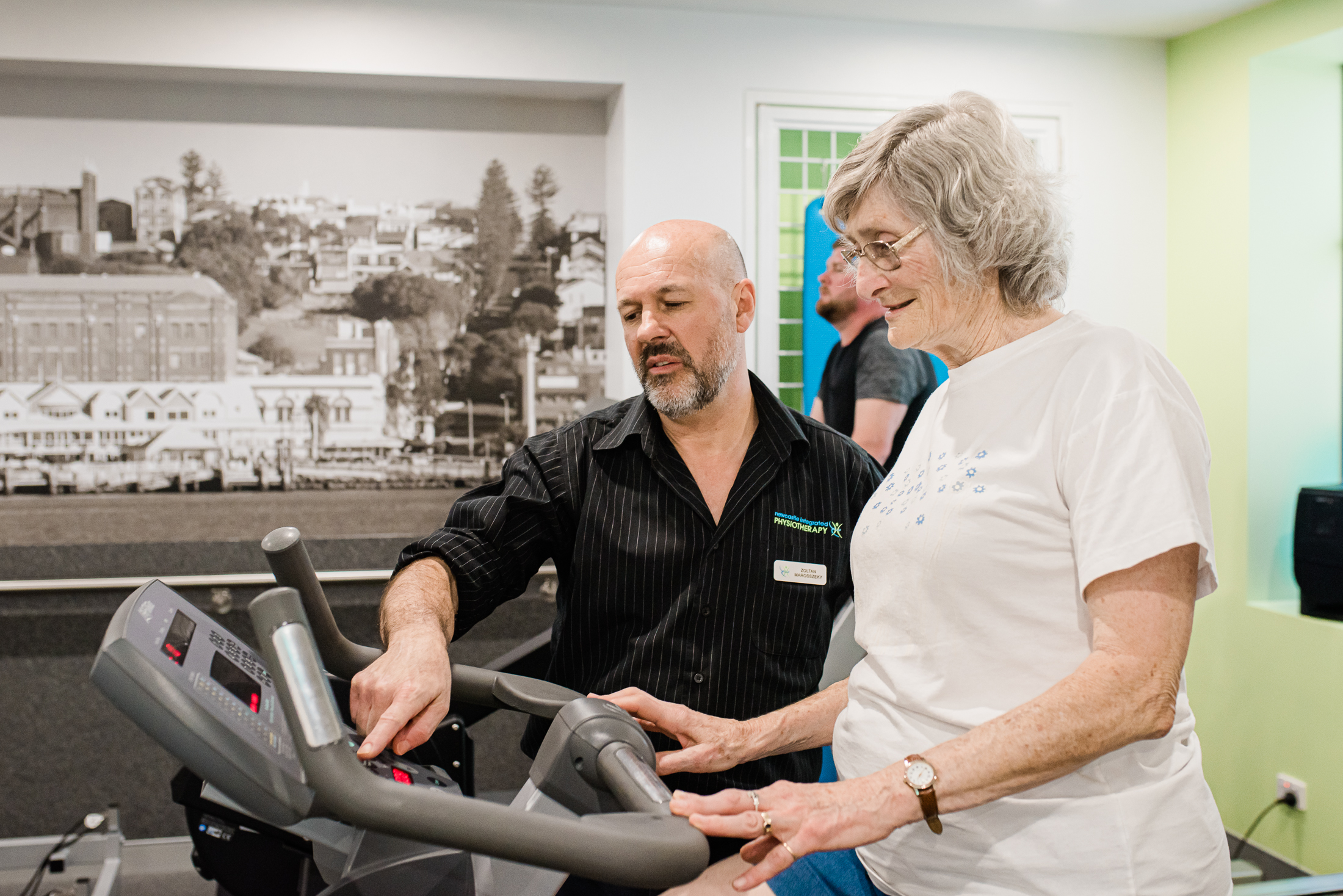During pregnancy, the growing uterus stretches the muscles in the abdomen. This can cause the two large parallel bands of muscles that meet in the middle of the abdomen to separate a condition called diastasis recti or diastasis recti abdominis. Diastatsis recti reduces the integrity and functional strength of the abdominal wall and can aggravate lower back pain and pelvic instability.

Who is at Risk of Separation?
Women expecting more than one baby, petite women, those with a pronounced sway back, or with poor abdominal muscle tone are at risk. For some women, it simply how their bodies respond to pregnancy
How do I know if I have Abdominal Separation?
If you lie on your back, knees bent at 90° with feet flat, slightly lift the head placing chin on chest. Your muscles will tense and you can place your fingers on the midline. Separation consisting of a width of 2 fingertips or more is the determining factor for diagnosing diastasis recti.
Don’t panic if you feel a “gap” in your belly in the first few postpartum weeks. Everyone’s connective tissue at the midline is lax after childbirth. As you recover, your midline will slowly regain its former density and elasticity, and the “gap” will become shallower.
How Can I Reduce the Separation?
Exercise can be used to improve the integrity of the abdominal muscles and should be undertaken as the first approach to healing. There are many home workout programs, such as the MuTu System or the Tummy Team that are designed specifically to strengthen the core while avoiding exercises that can exacerbate the problem, such as crunches — a major diastasis recti no-no. If you are concerned in any way an appointment with a specially trained physiotherapist is recommended to receive the correct guidance and advice.
Special Precautions for Women with Diastasis Recti/Abdominal Separation
- Abdominal exercises that flex the upper spine off the floor or against the force of gravity such as: as crunches, oblique curls, “bicycles,” roll ups/roll downs, etc.
- Any exercise that causes your abdominal wall to bulge out upon exertion.
- Lifting and carrying very heavy objects
- Intense coughing without abdominal support. During pregnancy or after childbirth, if you develop a cough, place your hands across your belly and manually splint your abdomen together during coughing episodes.
- To protect your mid line during pregnancy, always use the “log roll” manoeuver when rising from the floor or out of bed.
Please consult our Women’s health specialist physiotherapist for further information or for assessment of your Diastasis Recti.


